Corn Production
Summary:
- Corn is more often deficient in zinc than in other micronutrients, and is responsive to zinc application when deficient.
- Zinc may be deficient in sandy soils, other low-organic soils such as those with topsoil removed or soils with high pH. Seedlings may show deficiencies during cool, wet weather.
- Fields with zinc deficiency are seldom affected uniformly. Zinc deficiency symptoms may also vary from field to field.
- Because soil tests for zinc are considered among the most reliable of all micronutrients, this method is most often recommended to determine zinc sufficiency. Plant analysis may also be used.
- To correct deficiencies, several zinc sources may be used, including zinc sulfate and zinc chelates. Zinc fertilizers are usually applied in a band with starter, but are also broadcast and occasionally foliar-applied.
- The zinc source chosen should be determined by cost per unit of actual zinc, relative effectiveness of the product, method of application, soil pH, and remediation strategy.
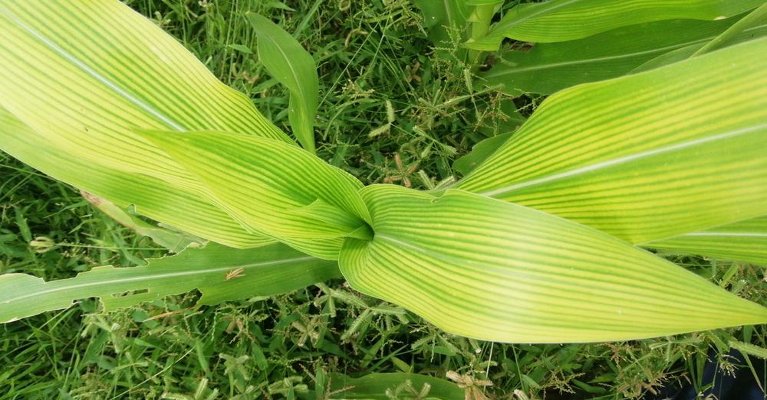
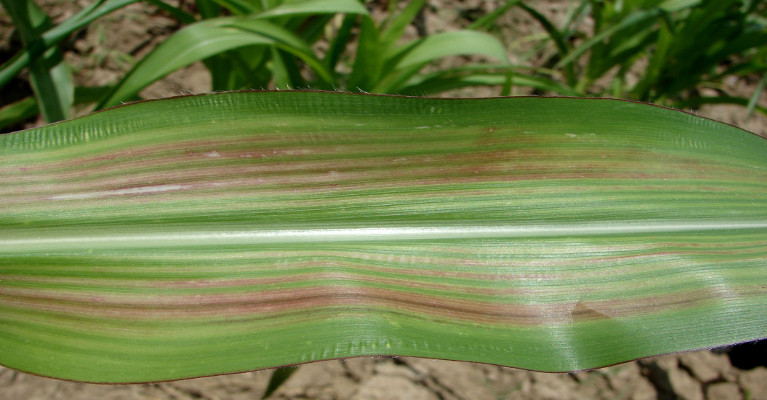
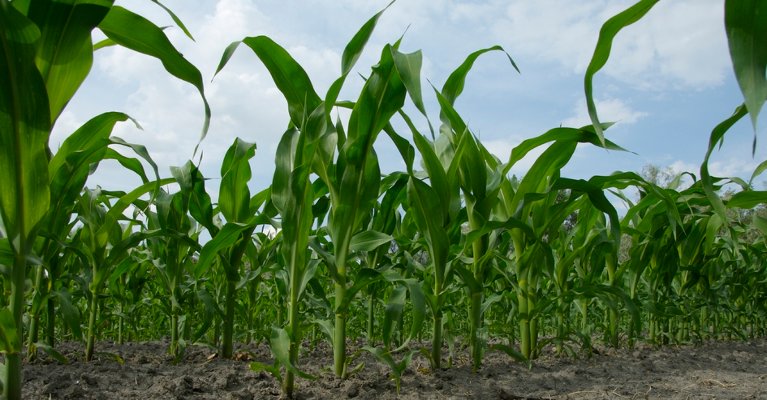
Introduction
Zinc is an element used by crops in small quantities (usually less than 0.5 pounds per acre), yet is essential to normal plant growth and development. Zinc has several important functions in plants, including major roles in enzyme reactions, photosynthesis, DNA transcription and auxin activity.
Zinc is sufficient in most soils to supply crop needs, but may be deficient in sandy soils, other low-organic soils (e.g., those with topsoil removed by erosion), or soils with high pH. When deficient, zinc can be supplied by fertilizer in several forms. In North America, zinc is one of the micronutrients most often supplied by fertilizer.
Of all micronutrients, zinc is the one most often deficient in corn production and most likely to elicit a yield response when applied as fertilizer. However, yield responses are only attainable when zinc is deficient and therefore limiting yield. Soil and plant tissue tests can determine if zinc is deficient in the soil or plant. This Crop Insights will describe zinc requirements, deficiency symptoms, soil and plant sampling, and fertilization practices in corn production.
Chemical Properties and Availability of Zinc
Most zinc in soils is held in unavailable forms, such as metallic oxides and other mineral complexes. Plants derive zinc that is 1) dissolved in the soil solution, 2) adsorbed to the surface of clay particles and 3) adsorbed by and chelated or complexed with organic molecules in soil organic matter. Zinc from these various soil pools is taken up by plants predominately in the divalent cation form (Zn2+) or under high pH soil conditions, the monovalent cation (ZnOH+) as well.
Zinc availability to plants largely depends on soil texture, organic matter, pH, phosphorus levels and weather conditions.
Soil texture and organic matter: Soils with at least moderate levels of clay and/or organic matter are generally sufficient in zinc. Conversely, sandy or low organic matter soils tend to be more prone to deficiencies. Muck or peat soils may also show deficiencies, as strong natural chelation can make zinc unavailable.
Soil pH: Zinc is most soluble and therefore available to the plant at a pH of 5 to 7. In alkaline soils (pH above 7.0), zinc may form insoluble compounds, making it unavailable to the plant.
Phosphorus (P): High P levels such as those created by excess manure application or high soil P combined with high rates of P in row starter can reduce zinc availability, resulting in deficiencies to the plant.
Weather conditions: Cool, wet conditions result in less zinc in available form. If roots are not well established at this time, deficiencies can result. This explains zinc deficiencies sometimes observed on corn seedlings early in the spring.
Zinc Deficiency Symptoms in Corn
Fields showing zinc deficiency are seldom affected uniformly. Zinc deficiency symptoms may also vary from field to field, depending primarily on the timing and severity of the deficiency.
Seedling Deficiencies Very early zinc deficiency may be induced by cold, wet soil conditions that limit corn root growth and available zinc. In such cases, zinc deficiency may be exhibited on early leaves, but not on later leaves that develop when the soil begins supplying and the roots begin extracting more zinc.
Moderate deficiencies in seedlings may result in white to pale-yellow longitudinal areas in the newest leaves that are usually more pronounced in the lower half of the leaf. Severe deficiencies at this time may result in entire plants being pale yellow to white in color, and stunted.
Later-developing Deficiencies As plants grow beyond the seedling stage, the demand for zinc becomes greater and deficient soils may be unable to supply the need. In such cases, the earliest developing leaves may be normal, but the newest growth will show deficiency symptoms. This pattern occurs because zinc is not readily translocated within the plant.
Moderate deficiencies may result in interveinal chlorosis (white or yellow) in the newest growth. This chlorosis is not always uniform across the width of the leaf, but may appear as longitudinal “bands” of more chlorotic tissue. Areas of the leaf near the stalk may develop a general white to yellow discoloration.


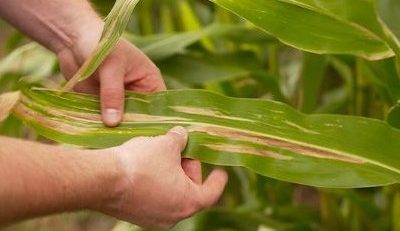
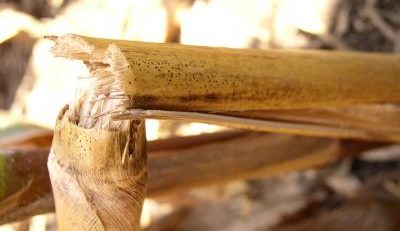
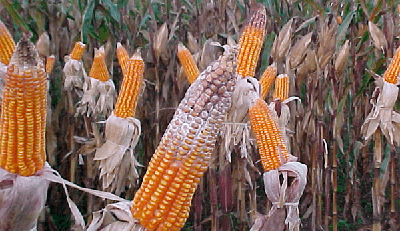
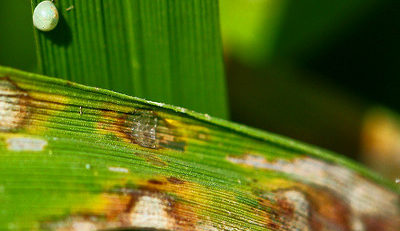
Leave a Reply